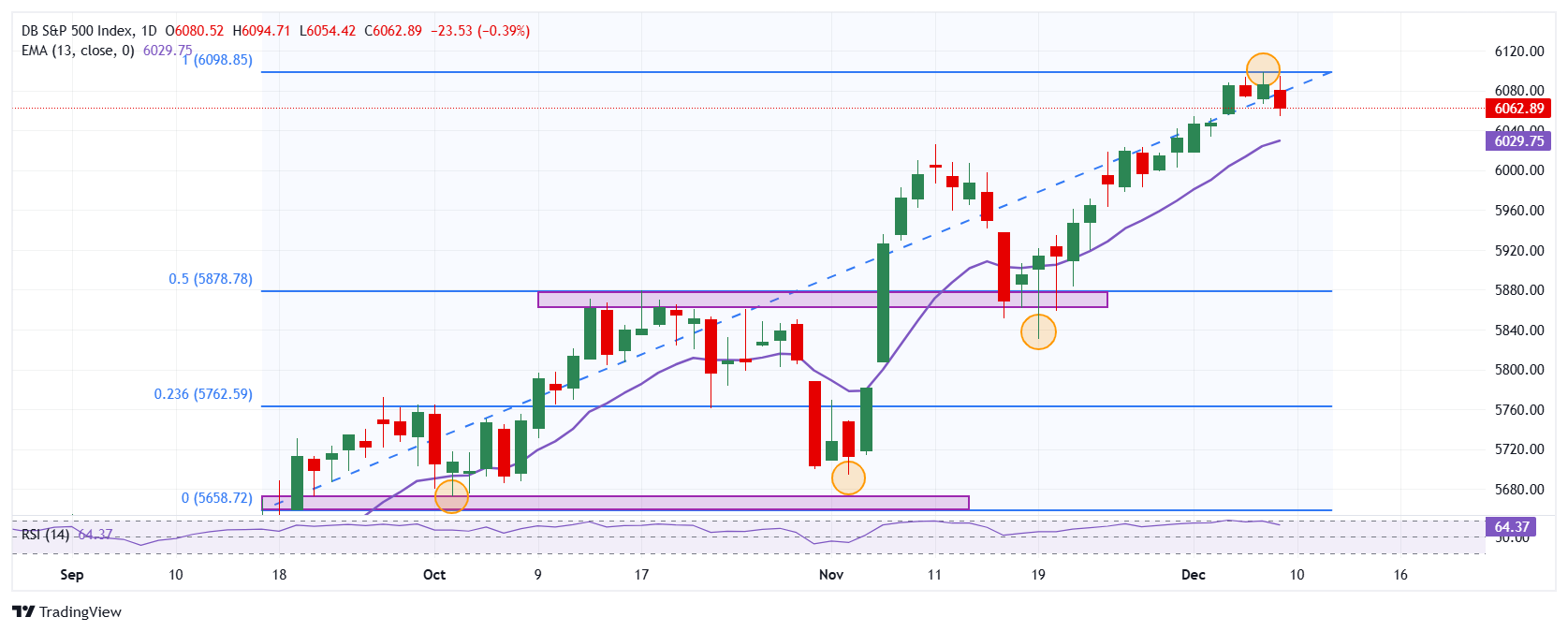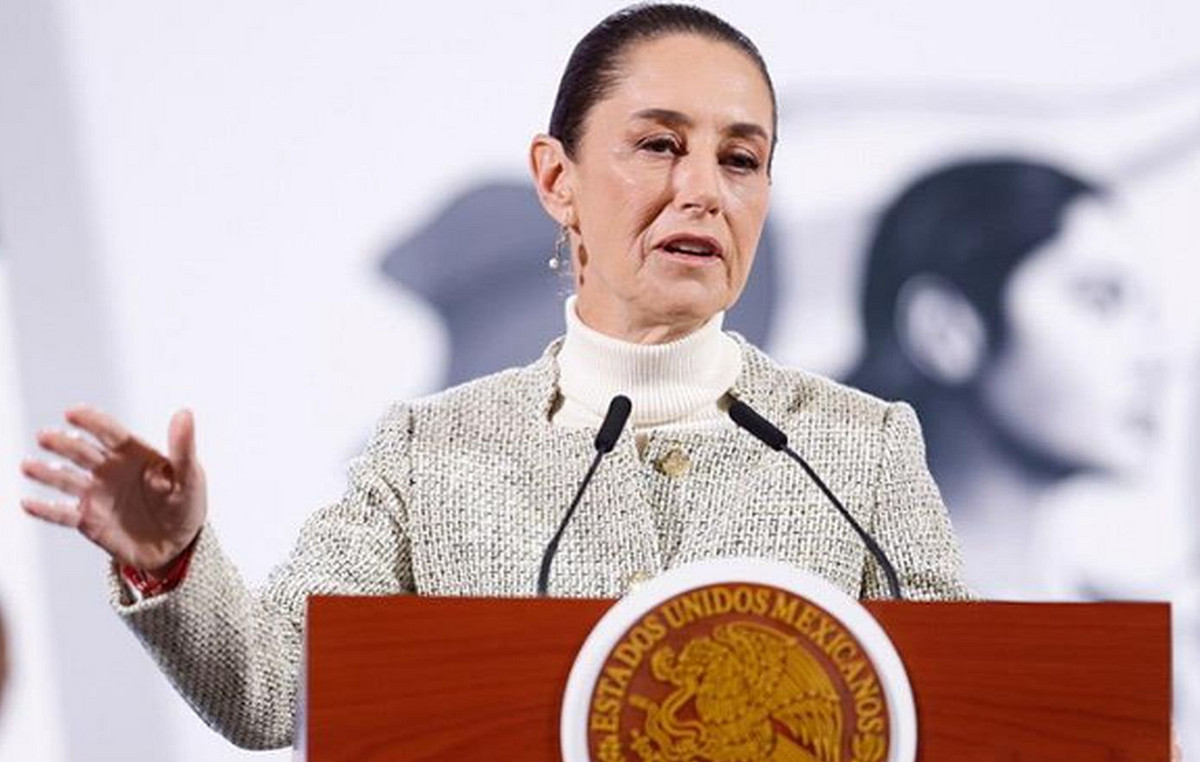- The S&P 500 index loses 0.37% daily, reaching the lows of December 4.
- Shares of Comcast Corporation (CMCSA) fall following statements by its CEO at an investor event.
- Omnicom Group (OMC) shares plummet 9.09% following an announcement of a merger with Interpublic Group (IPG).
The S&P 500 set a day’s high at 6,094, finding aggressive sellers that took the index to a low not seen since December 4 at 6,054. Currently, the S&P 500 is trading at 6,063, losing 0.37% daily.
Comcast Corporation and Omnicom Group drag the S&P 500 into the negative zone
The business group Omnicom Group (OMC), specialized in advertising, has announced the acquisition of Interpublic Group (IPG). The objective of the merger is to compete with companies such as Google and Meta Platforms. Following this news, OMC shares fell 9.16%, reaching lows not seen since August 12 at $93.69, while IPG shares rose 5.95%, reaching highs from March 22 at $33.05 .
On the other hand, Comcast Corporation (CMCSA) shares plummeted 8.89%, trading at the time of writing above $39.32, reaching a low of September 18 at $38.76 after an event for investors. Comcast CEO Dave Watson told the UBS Global Media and Communications Conference that he projects a loss of more than 100,000 subscribers next quarter, above the consensus estimate of 60,000.
Levels to consider in the S&P 500
The S&P 500 has short-term resistance given by the all-time high reached on December 6 at 6,098. We see the first support at 5,830, the minimum of November 19, close to the 50% Fibonacci retracement. The next key support is at 5,672, the October 2 pivot point.
S&P 500 daily chart

The S&P 500 FAQs
The S&P 500 is a widely followed stock index that measures the performance of 500 public companies and is considered a broad measure of the US stock market. The influence of each company in the calculation of the index is weighted based on market capitalization. This is calculated by multiplying the number of listed shares of the company by the share price. The S&P 500 Index has achieved impressive returns: $1.00 invested in 1970 would have produced a return of almost $192.00 in 2022. The average annual return since its inception in 1957 has been 11.9%.
Companies are selected by committee, unlike other indices where they are included based on established standards. Still, they must meet certain eligibility criteria, the most important of which is market capitalization, which must be equal to or greater than $12.7 billion. Other criteria are liquidity, domicile, market capitalization, sector, financial viability, listing time, and representation of the sectors of the United States economy. The nine largest companies in the index represent 27.8% of the index’s market capitalization.
There are several ways to trade the S&P 500. Most retail brokers and spread betting platforms allow traders to use Contracts for Difference (CFDs) to place bets on price direction. In addition, you can buy index funds, mutual funds and exchange-traded funds (ETFs) that track the price of the S&P 500. The most liquid of the ETFs is the London Stock Exchange ETF. The most liquid of the ETFs is State Street Corporation’s SPY. The Chicago Mercantile Exchange (CME) offers futures contracts on the index and the Chicago Board of Options (CMOE) offers options, as well as ETFs, inverse ETFs, and leveraged ETFs.
There are many factors that drive the S&P 500, but primarily it is the aggregate performance of its component companies, revealed in their quarterly and annual earnings reports. US and global macroeconomic data also contribute, influencing investor sentiment, which if positive, drives earnings. The level of interest rates, set by the Federal Reserve (Fed), also influences the S&P 500, as it affects the cost of credit, on which many companies largely depend. Therefore, inflation can be a determining factor, as well as other parameters that influence the decisions of the Federal Reserve.
Source: Fx Street
I am Joshua Winder, a senior-level journalist and editor at World Stock Market. I specialize in covering news related to the stock market and economic trends. With more than 8 years of experience in this field, I have become an expert in financial reporting.







